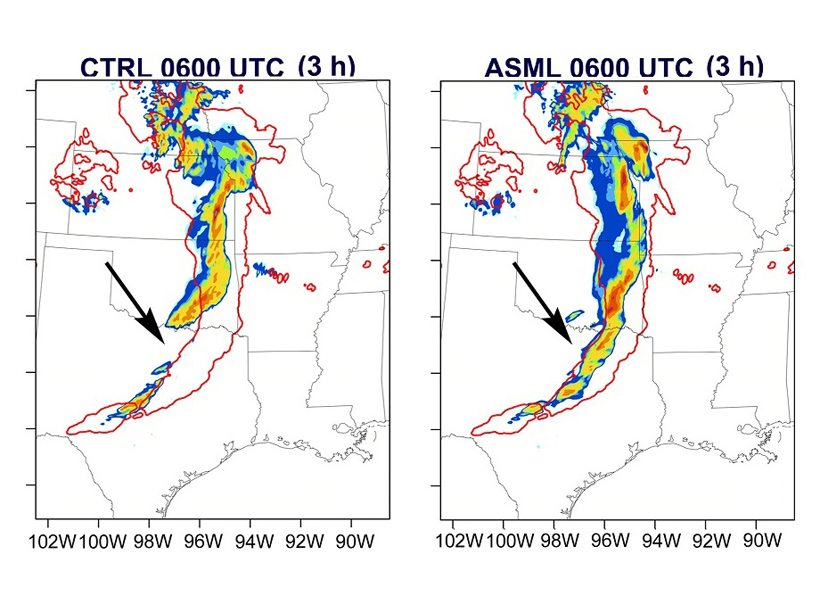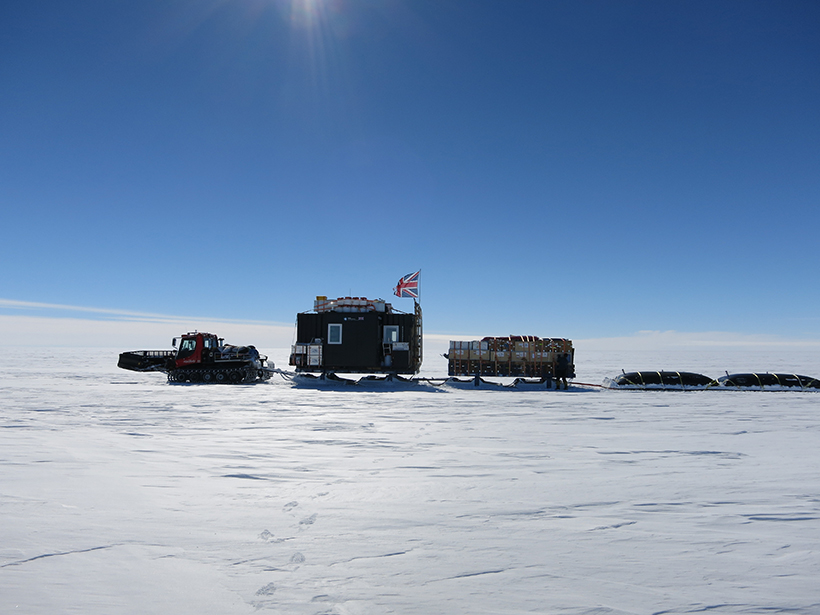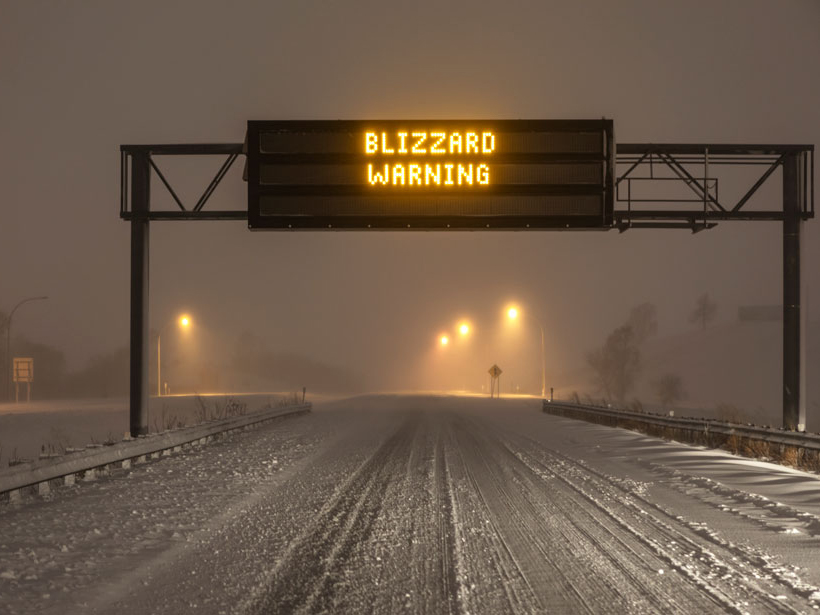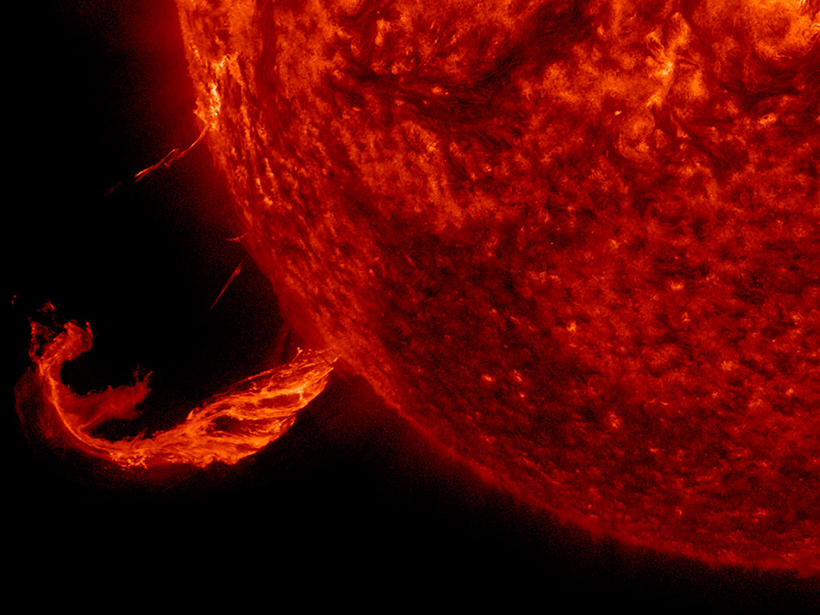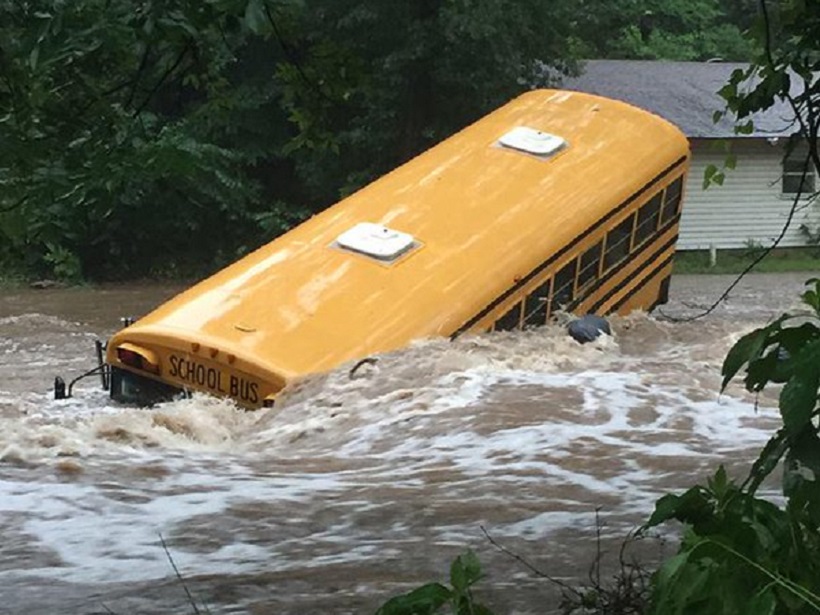Short-term forecasts of precipitation and convection can be improved when lightning data are assimilated in the Weather Research and Forecasting system.
forecasting
Polar Satellite Launch Eases Concerns of Weather Data Gap
Joint Polar Satellite System-1 is the first in a series of planned polar-orbiting satellites to provide critical weather forecasting data. Two follow-on satellites, however, face uncertain funding.
Pine Island Glacier and Ice Sheet Stability in West Antarctica
The iSTAR Programme Science Integration Meeting; Leeds, United Kingdom, 18–19 May 2017
U.S. Weather Alert Systems Must Modernize, Say New Reports
To reduce risks, including loss of life, national weather alert systems must incorporate social and behavioral sciences and new technology, according to two federally sponsored reports.
Imaging the Sun’s Atmosphere
The technique of heliospheric imaging could be valuable for future space weather operations.
Federal Space Weather Research Could Improve Hazard Preparation
Researchers outline the history of the U.S. government’s involvement in space weather research, from before World War II, through the Space Race, and beyond.
In Pursuit of Flash Flood Data
How remote sensing of streams provides valuable data for the characterization, prediction, and warning of impending flash floods.
Satellite Observations Could Help Forecast an Eruption’s End
Researchers studying past volcanic activity found they could retrospectively predict when outflows of molten rock would cease for about 40% of effusive eruptions, the kind that produces flowing lava.
A Promising New Tool for Forecasting Volcanic Hazards
A new model that simulates the behavior of surging ash clouds may help scientists to better predict the hazards associated with the deadliest type of volcanic flows.
Storm Model Foresaw Tornado Precursor Hours Before Twister Hit
The experimental Warn-on-Forecast project calculates probabilities of severe weather within at-risk areas smaller than those targeted by current forecasting models.

